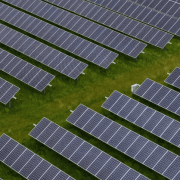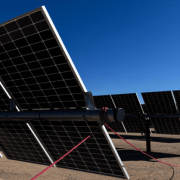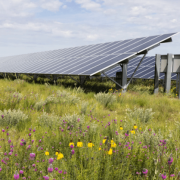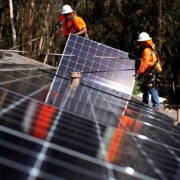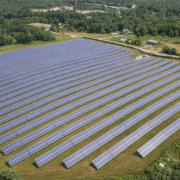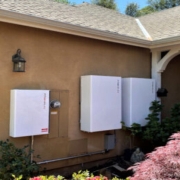The clock is quickly running down on climate-related sustainability goals. And as corporations race against time to accelerate circular processes and transition to green energy, solar panel recycling firm Solarcycle is expanding its services to meet growing demand.
The Arizona-based company has announced plans to invest $62 million into growing its solar panel recycling capacity in Polk County, Ga. to 10 million units per year, according to the state’s Governor, Brian Kemp.
The facility will be located across the street from Solarcycle’s previously announced 1.1-million-square-foot solar glass factory, creating an additional 640 jobs on top of the 617 already needed to staff that location. According to Kemp, the glass factory will use recycled materials from the recycling facility to create five to six gigawatts worth of new solar glass each year, making Solarcycle one of the first and only manufacturers of specialized glass for crystalline-silicon (c-Si) photovoltaics in the nation.
Click here to read the full article
Source: Sourcing Journal
—
If you have any questions or thoughts about the topic, feel free to contact us here or leave a comment below.

